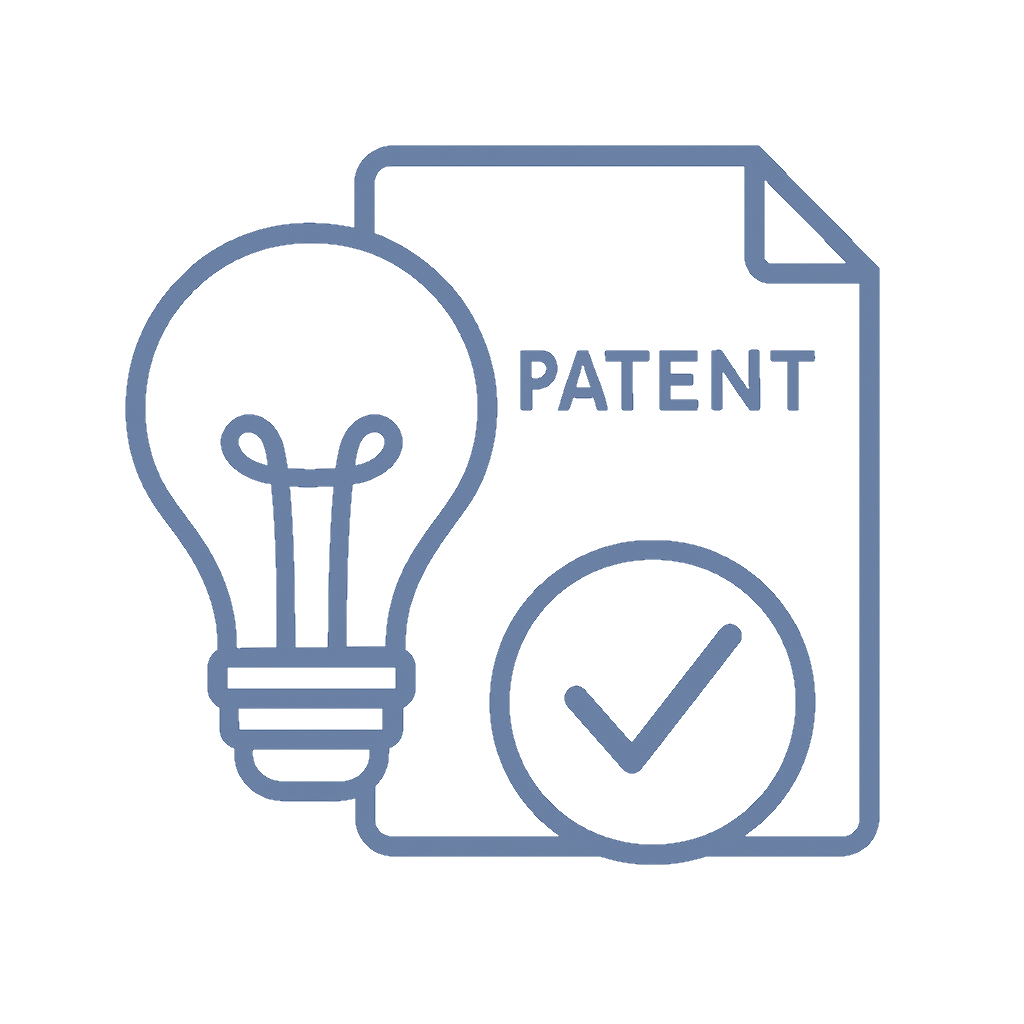📌 Quick Summary
1-Sentence Answer
Patenting your food and beverage inventions gives your startup a powerful edge, keeping your snacks safe from imitators and fueling your journey to industry stardom.
The Article Overview
This article dishes up everything a hungry startup needs to know about patenting food and beverage innovations: must-know steps, essential requirements, legal tips, real-world stories, and what to watch out for. Plus, we sprinkle in laughs, myths, and a dash of expert advice!
❓ Common Questions & Answers
Q1: Can I patent my secret family recipe?
Not exactly—recipes alone usually aren’t patentable unless they feature a truly novel process or ingredient combo. But hey, your grandma’s secret is still safe with us.
Q2: How do I know if my snack invention is patentable?
If it’s new, non-obvious, and actually useful (sorry, invisible chips), you might be in luck! A patent attorney can help you judge if your idea is a real snack star.
Q3: Is getting a food patent expensive and complicated?
Yes, the process can be a bit of a maze and requires investment, but strong protection and peace of mind are often worth every crumb.
Q4: Can I get a patent in other countries?
Absolutely! But you’ll need to file abroad, too—your US patent doesn’t protect you in Paris, Tokyo, or Timbuktu.
Q5: Do I need both utility and design patents?
Depends on your snack’s secret powers! Utility patents protect function; design patents cover looks. Go for both if you want the “snack attack” package deal.

📜 Step-by-Step Guide
Step 1: Identify Your Innovation
Clearly define what makes your snack or beverage different. Is it a method, a machine, or a mouthwatering combo?
Step 2: Check for Patentability
Research to see if your idea is genuinely new and not just a fancy remix of existing products. Patent databases are your best friends.
Step 3: Choose the Right Patent Type
Decide between a utility patent (function) and/or design patent (appearance). Sometimes, two snacks are better than one!
Step 4: Prepare a Strong Application
Document every detail, from ingredients to the “aha!” moment. The more you share (in the application, not on TikTok), the safer you’ll be.
Step 5: File with the USPTO
Submit your application to the United States Patent and Trademark Office—ideally with help from a patent pro.
Step 6: Protect Internationally
If world snack domination is your goal, start planning your international filings early.
Step 7: Defend Your Patent
Stay alert! Monitor the market for copycats and be ready to enforce your rights. It’s your snack—don’t let anyone steal a bite!
📖 Historical Context
Patenting food has a surprisingly rich history. The first US food patent dates back to the 19th century when inventors started patenting things like canned meat and clever brewing methods. As food science evolved, patents became essential for large manufacturers and small innovators alike. In the 1970s, breakthroughs in flavor chemistry and convenience foods led to a surge in food patent filings, especially as snack giants like Frito-Lay and Nestlé realized that protecting their unique products (think chip shapes and snack-pack technologies) gave them a massive advantage.
The rise of health-conscious eating in the late 20th century brought a new wave of patented innovations—everything from sugar substitutes to gluten-free baking processes. More recently, plant-based meat and beverage companies have filed hundreds of patents to secure their technology and branding, often competing fiercely for global market share.
Today, the food and beverage industry sees patents not only as legal shields but as strategic business tools. Patents are now a sign of innovation, attracting investment and partnerships while keeping hungry competitors at bay. In short, from the humble peanut butter sandwich to cutting-edge plant burgers, patents have shaped the way we eat—and do business.
🏢 Business Competition Examples
-
Impossible Foods vs. Beyond Meat:
Both plant-based giants have filed dozens of patents to protect their methods and formulations, battling for market dominance (and your taste buds). -
Coca-Cola’s Secret Formula:
While the actual recipe is a trade secret, Coca-Cola has patented countless packaging, dispensing systems, and production techniques to stay fizzy and un-copyable. -
Pop Rocks Patent:
This iconic popping candy was patented in 1961 (US3382034A). The patent gave its makers exclusive rights, making Pop Rocks a legend in snack innovation history. -
Tetra Pak in Beverage Packaging:
Tetra Pak revolutionized liquid food storage with its patented packaging, creating a near-monopoly in safe, shelf-stable beverage distribution.

💬 Discussion Section
Hungry startups face a buffet of challenges, but nothing stings quite like seeing your invention snatched by someone else (probably with less impressive snacks). Patents, when used wisely, offer both a sword and a shield—blocking copycats and making investors drool over your intellectual property portfolio.
First, let’s bust a myth: you don’t need to be a global megabrand to benefit from patents. Even tiny startups can play big if they understand the patent process and file early. In fact, early-stage patents often become the “special sauce” that attracts venture capital or gets your foot in the door with retail chains. But here’s the catch: food and beverage patents are notoriously tricky. Recipes rarely qualify unless they bring something truly novel (sorry, that spicy mayo doesn’t count unless you invented a new emulsification method). Utility patents focus on process or formulation, while design patents target the visual vibe—think the Pringles can shape or the Oreo cookie design.
Global protection? Yes, please! But remember: each country has its own rules, deadlines, and filing costs. Consider international patents if you’re eyeing worldwide snack domination. For most startups, a smart strategy is to patent core inventions first in your biggest markets (like the US, EU, China), then expand as your business grows. And don’t forget: a patent isn’t forever. You’ll need to pay maintenance fees and keep an eye on infringement, especially from stealthy competitors. The good news? Even one well-crafted patent can keep rivals at bay and boost your startup’s valuation.
Lastly, blend patents with other IP tools—like trademarks for your brand and trade secrets for your secret spice mix. A strong patent portfolio is like having an all-you-can-eat buffet of business protection: nobody leaves hungry, and you always get the last laugh.
⚖️ The Debate
Pro-Patent Side:
Patents encourage innovation, reward inventors, and deter copycats—giving startups the breathing room to grow and attract investors without the fear of being knocked off instantly.
Patent Skeptic Side:
The patent process is costly, complex, and slow—sometimes stifling small players. Many food inventions are hard to patent, and enforcement can drain resources better spent on actual R&D or marketing.
✅ Key Takeaways
-
Patents can protect both the function and appearance of food and beverage inventions.
-
Early filing is crucial to beating competitors and building value.
-
Consider global protection if you plan to expand outside the US.
-
A patent portfolio is a powerful business asset for startups.
-
Patents work best when combined with other IP tools like trademarks and trade secrets.
⚠️ Potential Business Hazards
-
Filing too late and losing out to a competitor.
-
Overlooking international protection and missing key markets.
-
Underestimating costs—patents require both time and money.
-
Failing to enforce your patent, letting copycats nibble at your business.
❌ Myths & Misconceptions
-
“Any recipe can be patented.” (Nope, it needs to be new and non-obvious.)
-
“Once patented, I’m protected everywhere.” (Sorry, not unless you file internationally.)
-
“Patents last forever.” (Most expire in 20 years or less.)
-
“Patents are only for big companies.” (Startups benefit too!)
-
“Trade secrets are better than patents.” (They protect different things—use both if you can.)
📚 Book & Podcast Recommendations

⚖️ Legal Cases
-
General Foods Corp. v. Perk Foods Co.
Summary: Fought over flavored coffee, this case set a precedent on food patents and trade secrets. -
Frito-Lay North America, Inc. v. Medallion Foods, Inc.
Summary: Trademark and patent issues over snack chips—proves how fiercely the big dogs defend their snacks. -
Kellogg Co. v. National Biscuit Co.
Summary: A classic case around “Shredded Wheat”—shows what happens when patents expire and copycats move in. -
In re Application of Du Pont De Nemours & Co.
Summary: Touches on process patents, crucial for food and beverage innovation.
📣 Expert Invitation
Hungry for more IP tips? Share your questions or schedule a free strategy chat at Inventive Unicorn—where big ideas get the patent protection they deserve!
🔚 Wrap-Up Conclusion
If you’re ready to defend your snacks from copycats, a patent is your trusty sidekick. From Pop Rocks to Impossible Burgers, food and beverage patents drive innovation and make hungry startups into household names. File early, think globally, mix in some trademarks, and keep your business (and your snacks) safe. Now go forth—innovate, patent, and let the snacking begin!











